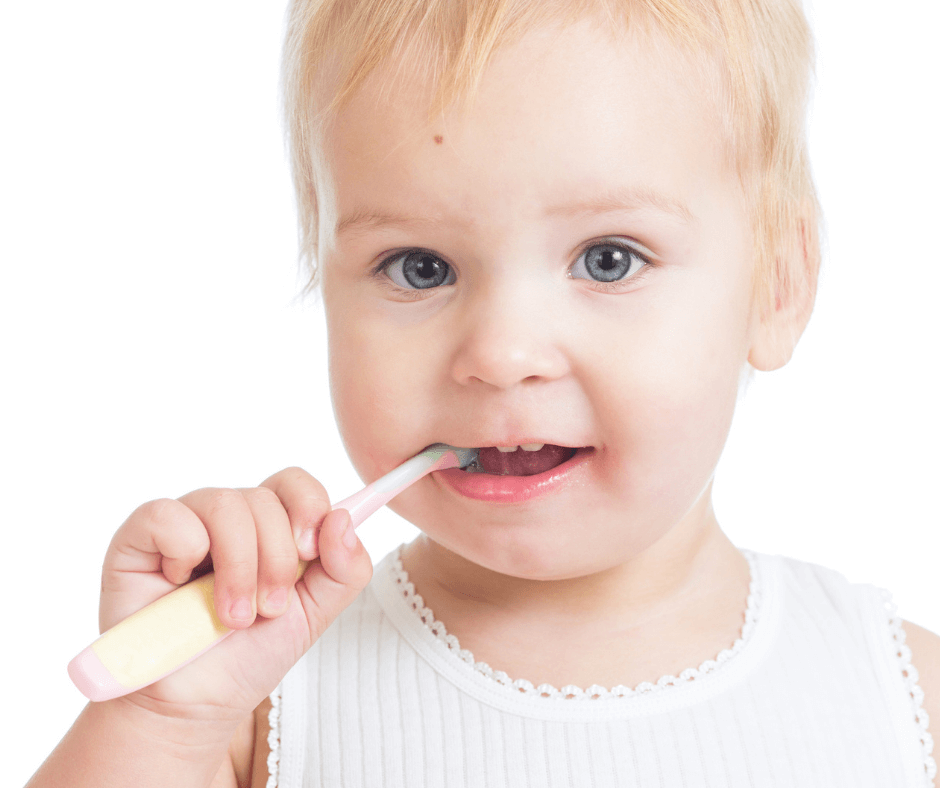The Do’s and Don’ts of Caring for Baby’s Teeth and Gums
The hallmark of a baby’s laughter is seeing that gummy little toothless smile. Adorable as that look is on a baby, it won’t last forever. Baby’s first tooth will start coming in around 6 months old and subsequent teeth will continue to come in until about 24 months. What can you do to properly care for your baby’s teeth and gums? Here are some Do’s and Don’ts.
Baby Teeth and Gum Care Do’s:
- Do clean baby’s gums
Wipe your baby’s gums using a soft wet washcloth or some clean gauze. If you do it around the same time each day, your baby will soon expect it to be part of their daily routine. This may make it easier to eventually ease them into a proper tooth brushing routine once teeth start to come in.
- Do check for erupting teeth
If you find that your baby is getting fussier than usual, run a clean finger along their gumline to check for erupting baby teeth. You might notice the baby drooling more when they start teething. Often, you’ll see that their gums are red and swollen, a sign that a tooth is about to appear. Perhaps they even have less of an appetite–it can be painful to chew on inflamed gums.
- Do provide baby with relief when teething
It’s hard to see your baby in pain when they are teething. There are a few things you can try if her gums are really bothering her. Freeze a wet wash cloth and let the baby chew on it. Run a cold finger along their gums. If the baby is eating solids, prepare some cold foods like frozen fruit and cold yogurt that the baby can gum on.
Another thing you can do is get some teething toys. Babies can hold their own teething rings and chew on it for relief. Have a few different ones with different textures on hand. Some babies prefer ones with a bumpy surface for a satisfying counter pressure. Keeping extras around is useful since these can be easily misplaced or dropped on the ground. {You’ll find some great options for teething toys at the Motherhood Center boutique. Come see for yourself!}
- Do bring your infant to visit the dentist
Oral hygiene is important for kids of all ages, even infants. Schedule your baby’s first dental appointment by their first birthday to help your child establish good oral hygiene habits. The dentist can check and even gently clean their teeth to prevent tooth decay. Once at the dentist, you’ll also get a chance to ask any questions you might have about caring for baby’s teeth and gums.
Baby Teeth and Gum Care Don’ts:
- Don’t give milk or juice before bed
Dentists warn against sending children to bed with a bottle of milk because it can lead to tooth decay. Bacteria in the mouth thrive on sugar found in milk and juice which produces acid that attack the enamel of teeth. Prolonged exposure to sugar will increase the likelihood of cavities. When we sleep, we also produce less saliva which helps fight germs in our mouth.
- Don’t forget the toothpaste
Once a baby’s first tooth erupts, you can start to use a soft baby toothbrush and a bit of fluoride toothpaste to brush their teeth, according to the American Academy of Pediatric Dentistry. Fluoride helps protect teeth, but you don’t want your baby ingesting too much of it. Use just a dab of toothpaste no bigger than the size of a grain of rice.
- Don’t medicate unnecessarily
There are topical treatments on the market like teething gels that you rub on your baby’s gums, but sometimes these include anesthetic ingredients that can be harmful to kids under 2. The Food and Drug Administration advised against using these. Homeopathic versions of these kinds of gels also exist, but the FDA advises parents to steer clear of these as well. Homeopathic ingredients may not be labeled correctly or included in safe doses.
- Don’t give the baby risky teething toys
When choosing teething toys, find ones that are simple in design that can be easily cleaned and disinfected. If you have teething rings with freezing gel inside them, don’t put them in the freezer. Instead, use the refrigerator to keep it cold. Freezing the gel may cause the teething ring to break more easily when a baby is gnawing on it. The American Academy of Pediatrics (AAP) has deemed amber teething necklaces and other similar teething necklaces as unsafe because they can become a choking or strangulation hazard.
With a few good habits and the right supplies to care for baby’s teeth and gums, you’ll help them get through their teething days and set them up for a lifetime of positive oral hygiene habits!



